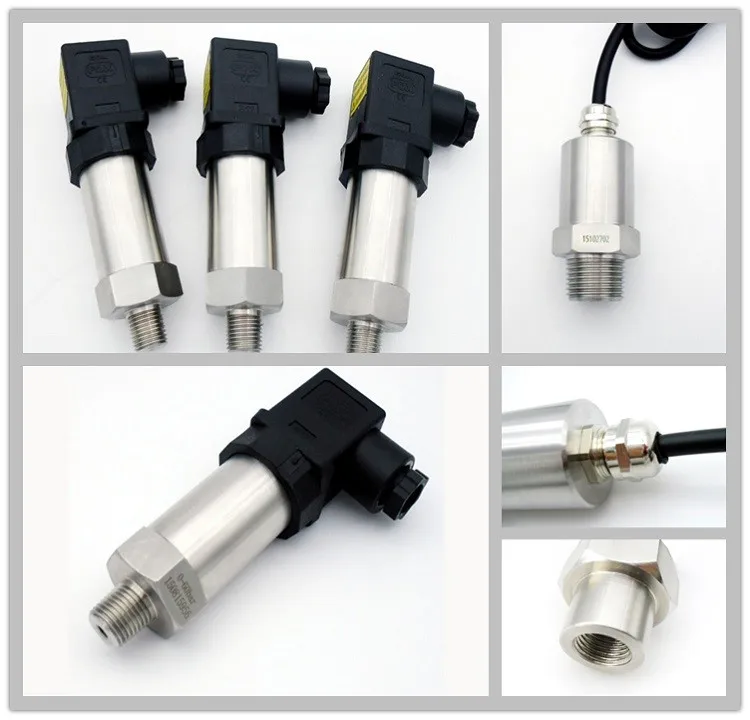

A research group at Niigata and Osaka University developed two types of devices for measuring the laryngeal movement.

However, this method is only applicable to men with a large and clear laryngeal prominence. measured the movement of the laryngeal prominence using a moving image by photographing the neck from the side. To the best of our knowledge, a few studies exist in which the laryngeal movement was measured with a method other than VF. īased on the aforementioned background, we thought a new noninvasive method for the measurement of the laryngeal movement was necessary.

Consequently, any radiation from medical tests must be minimized to comply with the as low as reasonably achievable (ALARA) principle. The LNT hypothesis assumes that for each incremental increase in the radiation dose there is an incremental increase in the probability of cancer, even for low doses. However, the International Commission on Radiological Protection recommended the use of the linear no threshold (LNT) hypothesis for the development of prospective radiation control programs. The effective dose is used to estimate the risk of stochastic effects (e.g., cancer risk), and the regulatory effective dose limit (20 mSv/year averaged over 5 consecutive years, or 100 mSv in 5 years, and 50 mSv in a single year) is used to ensure that the occurrence of stochastic effects is kept within acceptable levels. The average patient dose has been estimated to be 12.79 mGy per VFS procedure. VFS allows clinicians to assess the safety and efficiency of swallowing across various textures and the impact of compensatory maneuvers on swallowing function. In VFS, various foods and liquids are mixed with a contrast medium such as barium and swallowed under VF allowing direct visualization of aspiration. Video fluoroscopic examination of swallowing (VFS) is regarded as the gold standard in diagnosing and assessing swallowing disorders. The major disadvantage is the radiation exposure. Although it is possible to measure the laryngeal movement using VF, VF has several disadvantages. Therefore, the elevation of the subglottic air column was usually used as an indirect index of the laryngeal movement. Since X-rays goes through cartilage, it is difficult to take images of the thyroid cartilage itself.

In many studies, video fluorography (VF) has been used to measure the laryngeal movement during swallowing. In the clinical setting, however, laryngeal movement is not routinely measured in dysphagia patients, since there is no simple, easy, and safe way to do this. Therefore, precise measurement of the laryngeal movement is useful in evaluating the swallowing function. Pathologically reduced or delayed laryngeal elevation is the most common cause of aspiration in persons with dysphagia. During normal swallowing, the larynx elevates from 21.1 to 33.9 mm in healthy subjects. The elevation causes apposition of the arytenoids to the base of the epiglottis and closes the laryngeal vestibule. Elevation of the larynx is essential for airway protection during the pharyngeal phase of swallowing.


 0 kommentar(er)
0 kommentar(er)
